It may be getting harder to avoid news about climate change and global warming (should be “weirding” really) but it is easy to feel helpless and underestimate what we as individuals can achieve. What doesn’t get reported enough is the fact that taking action is a win win for both people and the planet. According to the Committee on Climate Change, around 40% of UK emissions come from households which means that our individual actions do matter and add up. A more environmentally friendly lifestyle is healthier for us, can be more comfortable and cheaper.
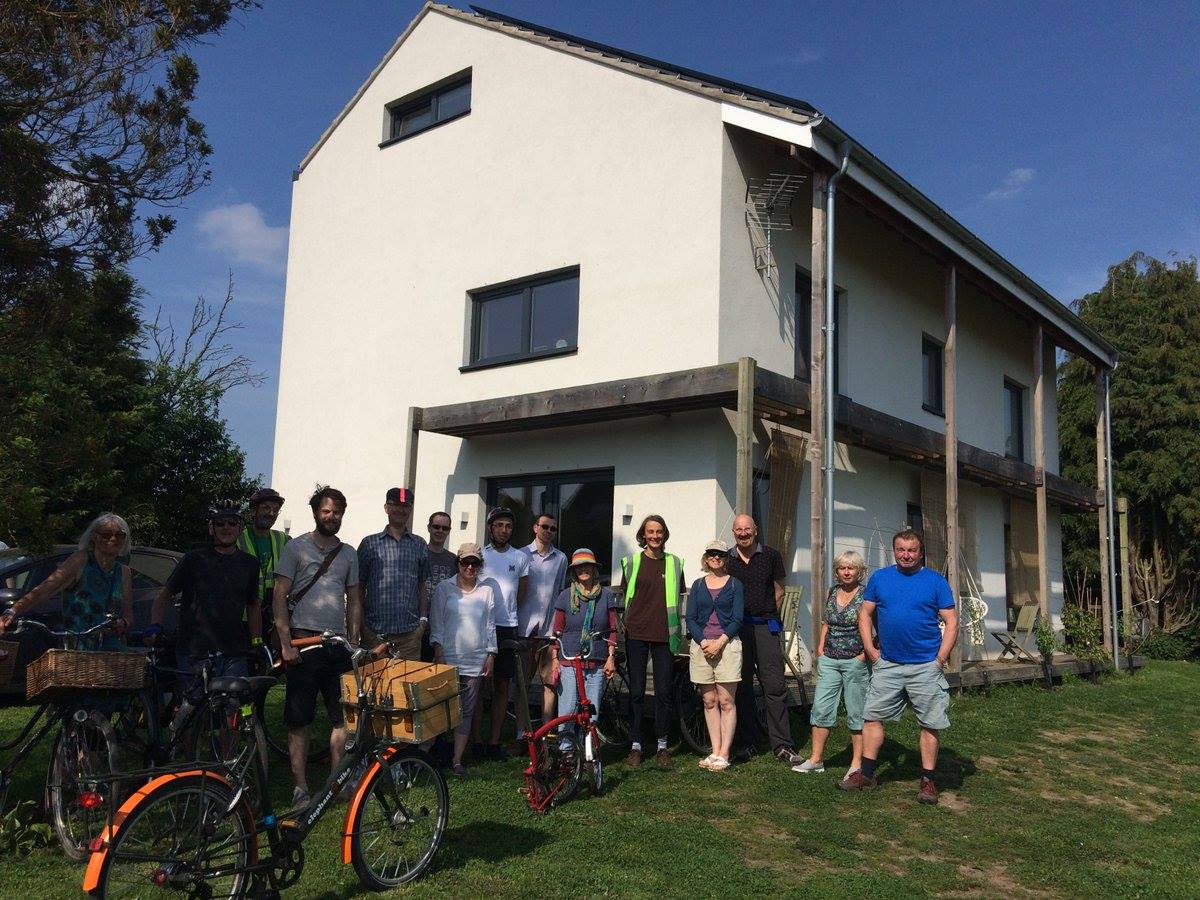
In this article we’ll be looking at keeping warm at home because houses are supposed to shelter us from the weather but often don’t very well, or cost a fortune to do so. The first part of reducing the environmental footprint and running costs of your home is finding out what they are. The best thing is to take regular readings, which can help you ensure that your supplier is not overcharging you, but a quick indicator is an Energy Performance Certificate (EPC) – if your home has one. If your EPC is A or B, then you’re very lucky to live in an unusually decent house and your bills as well as impact from heating it should be low. The average EPC in the UK, however, is D and most of us live in houses that get cold and damp if we can’t afford to keep the heating on – sadly, little has changed for the better since this report on the UK being dubbed the “cold man of Europe”.
Creating a healthy cosy home is a balancing act between keeping heat in, whilst bringing fresh air in without the cold and drawing out moisture generated by our activities. The modern Fulford Passivhaus Plus maintains a more or less constant temperature of 17°C all year round, which can be topped up with one electric heater on particularly cold winter days. This is achieved with very high levels of insulation and careful ventilation which takes the heat from the outgoing stale air and passes it onto the incoming fresh air. This has the added advantage of reducing the amount of air pollution entering the house as the air gets filtered.
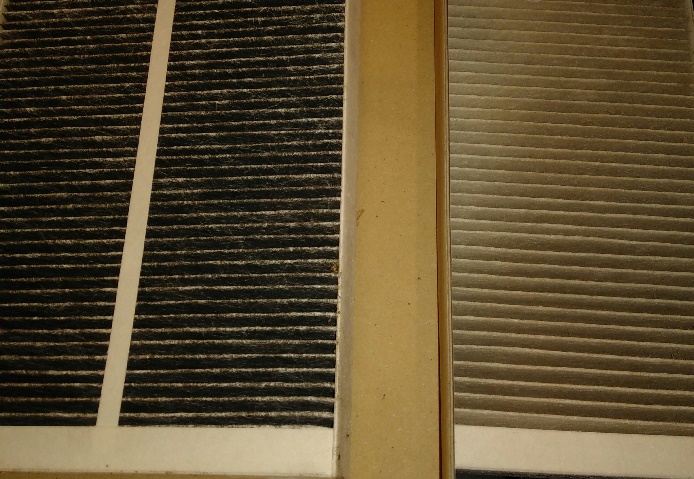
It may or may not be possible to retrofit your home to a Passivhaus standard but it’s always good to aim for the highest possible level of efficiency. To do so you need to find out where your house is leaking heat and plan remedial work – this graphic will give you a rough idea.
Even if you’re renting or not planning to permanently live in a house, there’s always something you can do to increase the thermal comfort and reduce your bills. Anyone can work on draughts for example; although home owners should aim to reduce the biggest losses. It may take years for the financial costs to be recouped but you and generations after you will literally feel the benefit of living in a house that’s warmer in winter and cooler in summer, which is not the case of purely aesthetics-driven house refits.
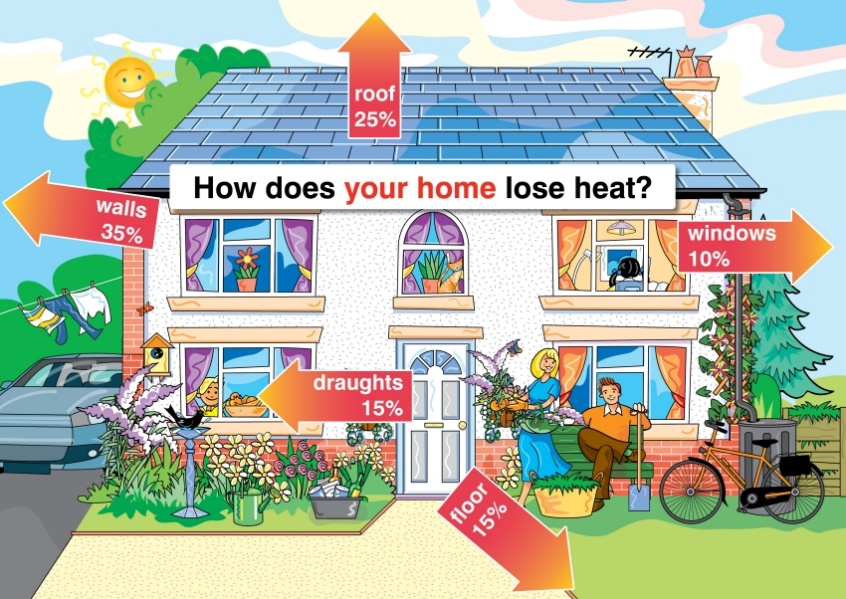
This time of year is ideal for discovering any heat leaks. With the heating on on a cold day, thermal imaging cameras (may be available to borrow from York Community Energy soon) or thermal leak detectors (can be borrowed from St Nicks) will help reveal just how much heat you’re losing and how draughty your house is. Even a joss stick can do the job of showing how breezy a chimney vent can be.
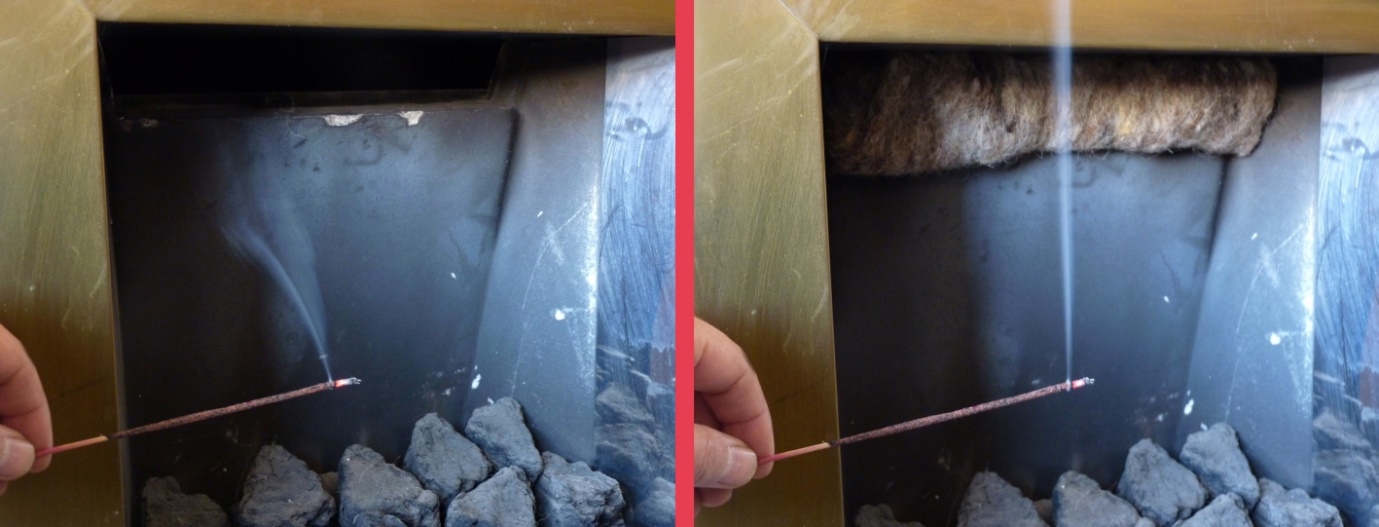
It would not be good to block a well-used chimney and unused ones usually need ventilation to prevent moisture build-up leading to potential damage but seasonal sealing off with a chimney sheep, balloon or some wool insulation will reduce the draught safely. Just remember to take it out in spring or if lighting the fire!
Cold air blowing round your ankles may well be what makes you crank up the heating beyond recommended temperatures, or suffer from cold-related ill health. You could double up or thermally line your curtains – and, more importantly, actually use them after dark – it can make a big difference. Where secondary glazing or window replacement are not an option, adding double glazing plastic films over inefficient window glazing can help.
While sealing gaps around doors, windows or between skirting and floor boards, it is important to remember ventilation. Water vapour from our bodies, showers, cooking and laundry can all lead to condensation, which can result in black mould. The best way to prevent this health risk is to reduce vapour. I am not advocating less breathing but do recommend watching this video from the Home Energy Scotland: https://youtu.be/ypB2Y81BP7w
The surest way to eliminate all such problems is to get a whole house audit and super-insulate. Each dwelling is different and may need a different approach to the same measure. Insulating an old house with solid walls presents more of a challenge than insulating a more modern house but very few properties are untreatable. Walking around your home with a trained assessor is an eye opener and I’m happy to recommend one upon request. It will cost more than having an EPC done, which is a tick boxing guesstimating exercise, but will be money better spent. A whole house audit will give you a tailored plan to super-insulating your home, which can be carried out in stages as and when it suits you. Even getting just one room done, while bearing in mind the whole house and installing accordingly, pays off both in terms of comfort and savings.
If you’re wondering why I advocate super- rather than just insulating to building regulation standards, it’s because they are not ambitious enough. In order to tackle climate change in our homes and reap the benefits of doing so, we need to do the best we can, not just meet minimum requirements. Depending on the works recommended, there is likely to be a relatively small difference between the cost of materials for regulation requirements and super insulation levels. Most of the cost (or hassle) will be in the actual installation work so you may as well go for the best possible insulation value.
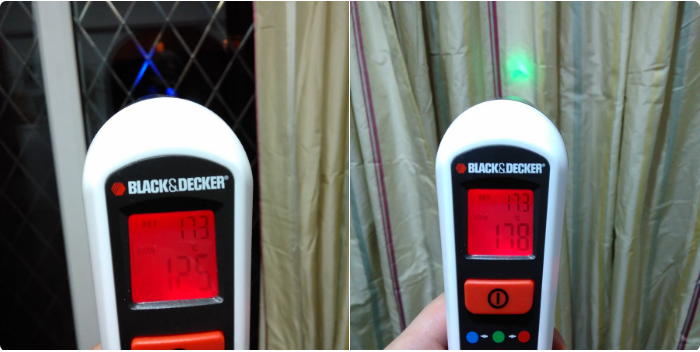
As the saying goes, if a job is worth doing, it’s worth doing well. This is doubly true in the case of home insulation. If you’d like to know more or join an emerging local insulation scheme, please get in touch with Ivana at St Nicks
In the next article we’ll go seasonal and look at how you can have a greener Christmas.
About the author: Ivana Jakubkova works at St Nicks – York’s centre for nature and green living, as the Outreach Officer. She takes a keen interest in environmental issues and has organised a series of York Open Eco Homes events, giving local residents the opportunity to visit living demonstrations of energy saving and other green living measures, learn from their experiences and share yours.

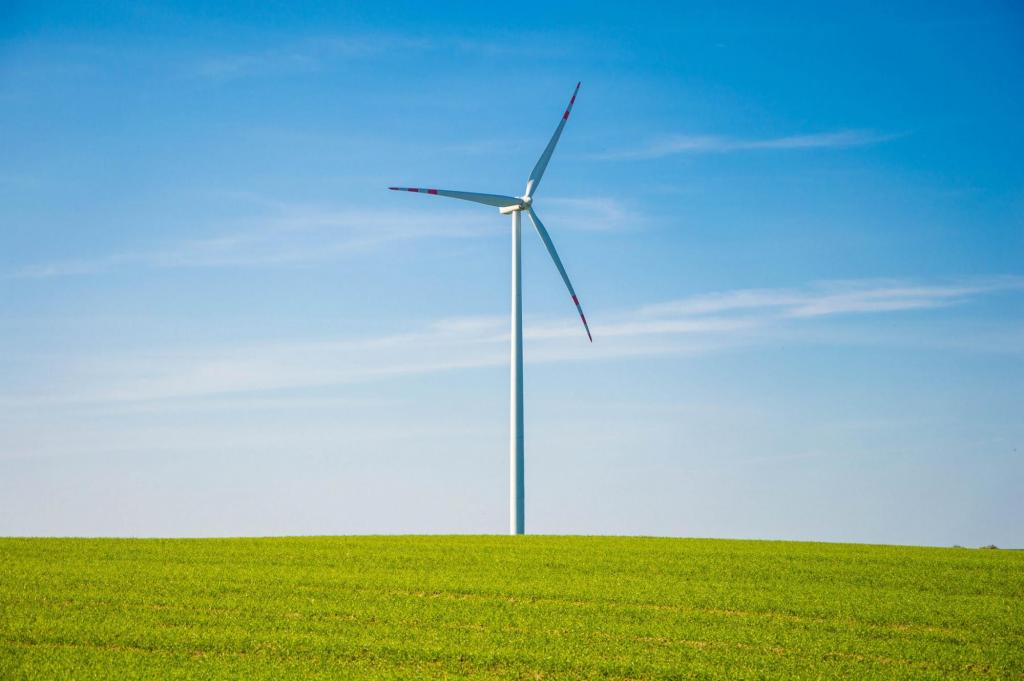









Add a comment